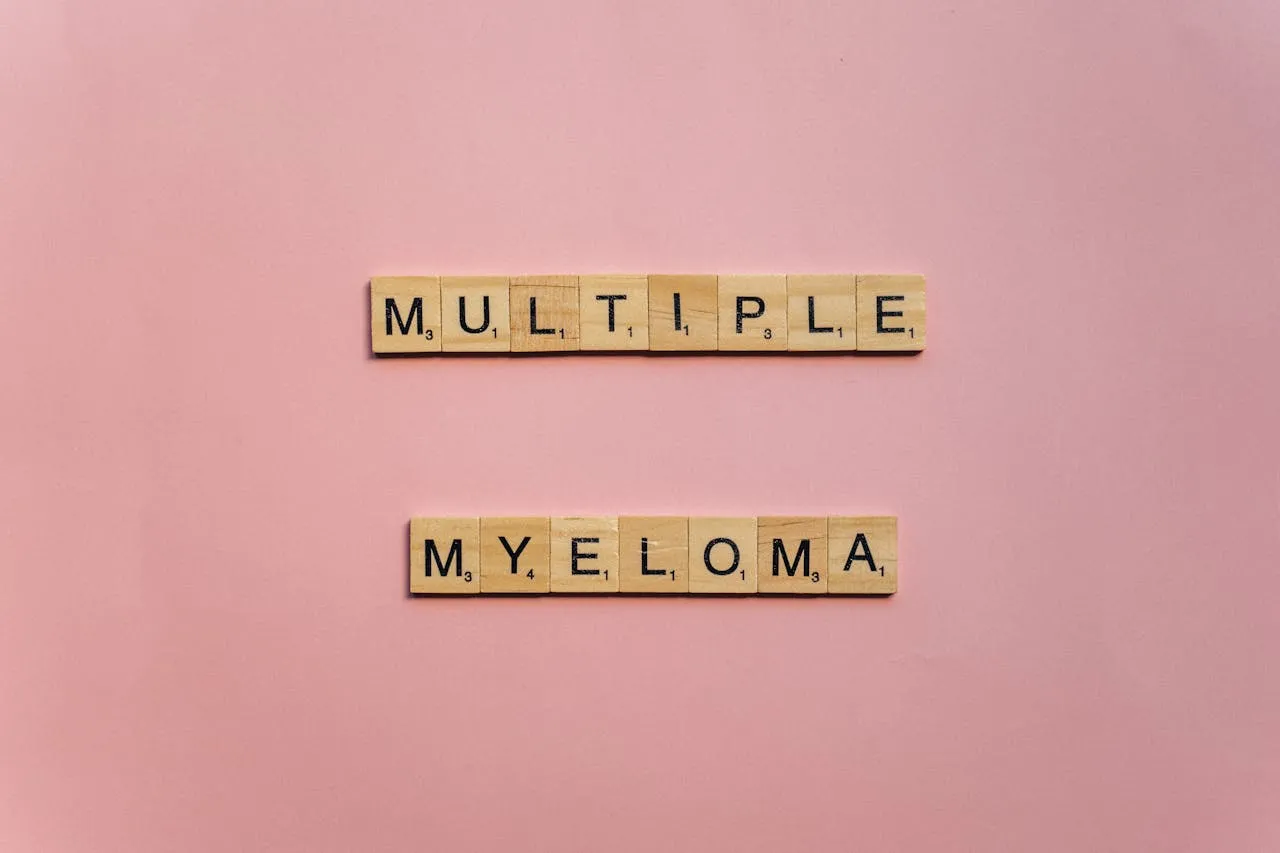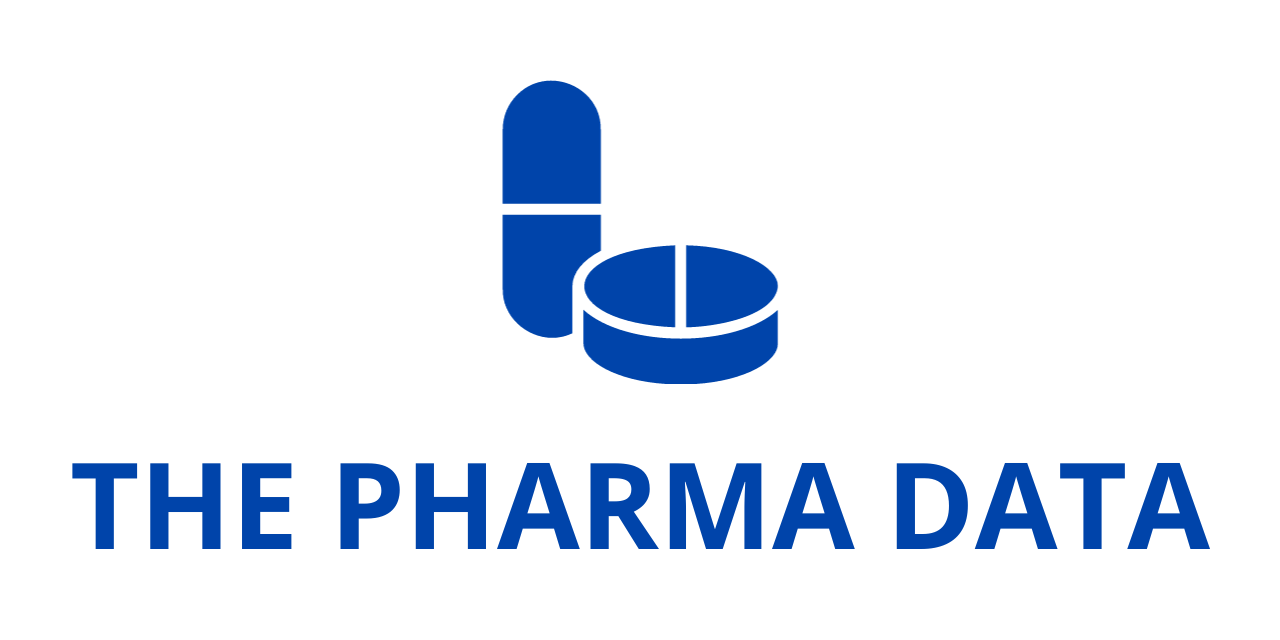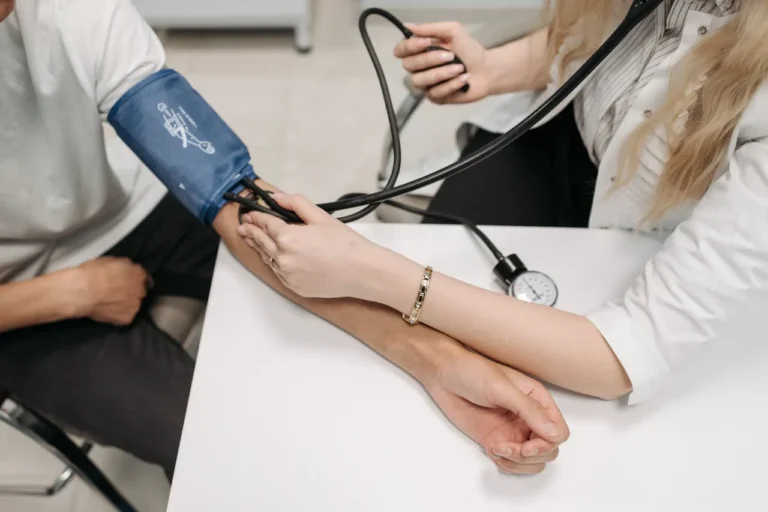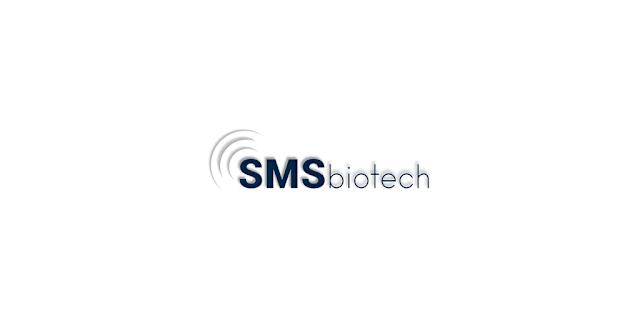
Recent findings from the two-part, double-randomized GMMG-HD7 phase 3 study reveal that Sarclisa (isatuximab), combined with lenalidomide, bortezomib, and dexamethasone (RVd), significantly enhances progression-free survival (PFS) in newly diagnosed, transplant-eligible multiple myeloma (NDMM) patients. This combination therapy resulted in a significant and clinically meaningful reduction in disease progression or death compared to RVd alone, regardless of the maintenance regimen. The full results are slated for presentation at an upcoming medical conference.
Dr. Hartmut Goldschmidt, President of GMMG and Professor of Medicine at Heidelberg University Hospital, Germany, and principal investigator of the study, commented: “Successful induction therapy is crucial for reducing relapse or recurrence risk in newly diagnosed multiple myeloma patients. The investigational combination demonstrated improved minimal residual disease (MRD) negativity rates in the bone marrow, suggesting deeper responses after induction. These results indicate that the Isa-RVd regimen could potentially become a new standard-of-care induction treatment for this population.”
GMMG-HD7 is one of six phase 3 studies to show positive outcomes for Sarclisa in multiple myeloma treatment, including four studies involving a Sarclisa-based quadruplet regimen in the frontline setting. The latest data also includes findings from the IMROZ phase 3 study, which assessed Sarclisa with VRd versus VRd alone in transplant-ineligible NDMM patients. This study demonstrated a statistically significant and clinically meaningful improvement in PFS and a higher rate of MRD negativity.
Dr. Dietmar Berger, Chief Medical Officer and Global Head of Development at Sanofi, added: “The GMMG-HD7 study was designed to explore the impact of targeting CD38 with Sarclisa in induction versus maintenance treatments. These data reinforce our belief that Sarclisa could be a leading CD38 therapy, offering potential long-term benefits over current standards. We eagerly await the full data presentation and remain committed to advancing treatment for multiple myeloma patients.”
In December 2021, Sanofi and GMMG shared initial results from the study’s first part, which achieved the primary endpoint of MRD negativity after induction and before transplant. This study, conducted in collaboration between GMMG and Sanofi, has received financial support from Sanofi. Sarclisa combined with RVd is still investigational and has not yet been evaluated by regulatory authorities.
Multiple myeloma, though considered rare, is the second most common hematologic malignancy with over 180,000 new cases diagnosed globally each year. Despite current treatments, it remains incurable in most cases, with an estimated five-year survival rate of 61% for newly diagnosed patients. Most patients will experience relapse or refractory disease, where the cancer does not respond or ceases to respond to therapy.
the GMMG-HD7 Study
The GMMG-HD7 study is a pivotal, open-label, multicenter, two-part phase 3 trial evaluating Sarclisa in combination with RVd versus RVd alone during induction, followed by re-randomization to Sarclisa plus lenalidomide or lenalidomide alone as maintenance therapy post-transplant. The study enrolled 662 transplant-eligible NDMM patients across 67 sites in Germany. In the first part, patients received three 42-day cycles of RVd, with Sarclisa added to one arm. The second part involved re-randomization post-transplant to assess Sarclisa plus lenalidomide versus lenalidomide alone as maintenance therapy. Sarclisa was administered intravenously at 10 mg/kg weekly for the first four weeks of cycle one, then biweekly for the remainder of induction.
MRD negativity was measured using next-generation flow cytometry after induction. PFS for both Sarclisa plus RVd during induction and Sarclisa plus lenalidomide as maintenance were assessed from the first randomization.
The study’s primary endpoints included MRD negativity after induction and PFS following the second randomization. Secondary endpoints included complete response rates, overall survival, and safety.





